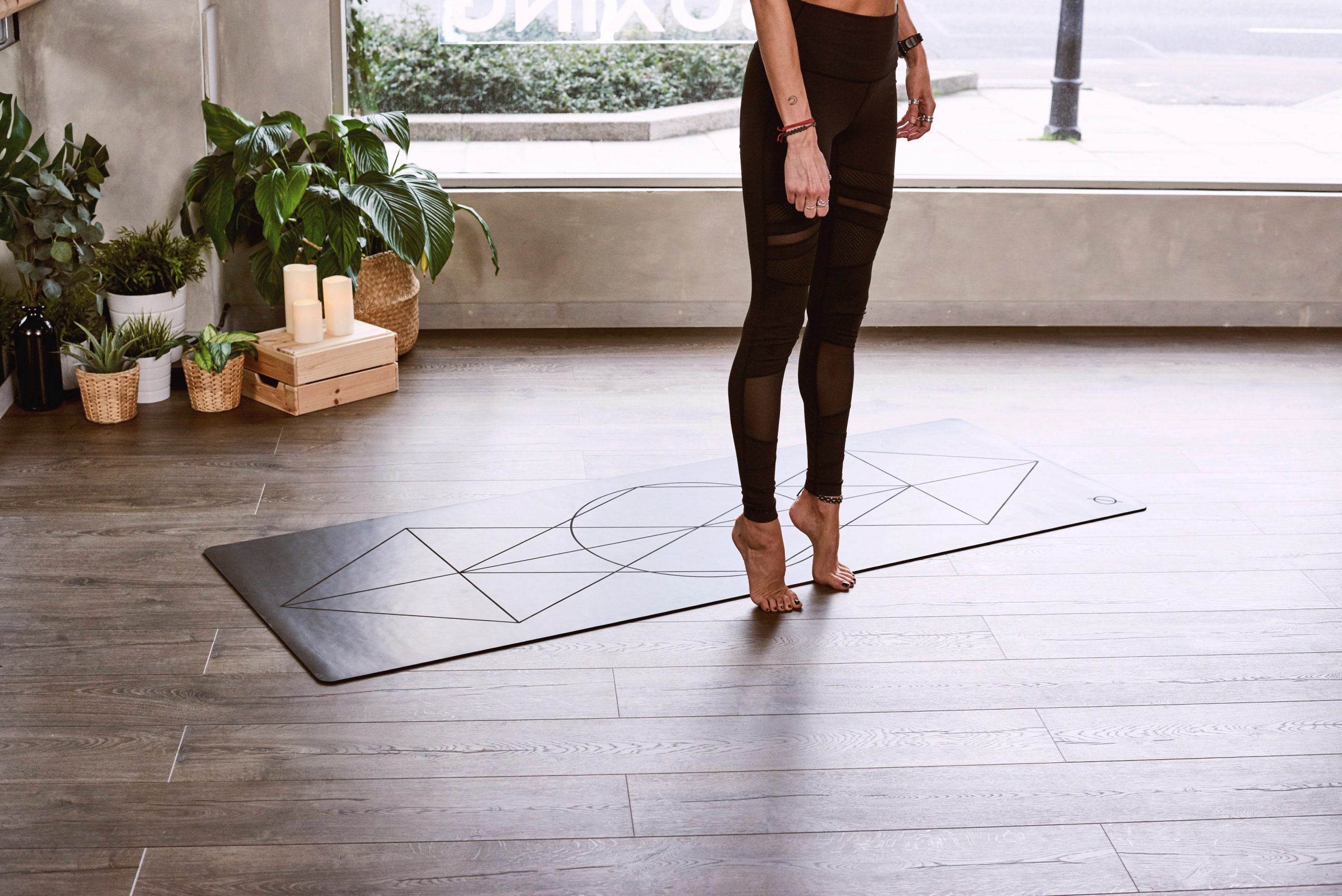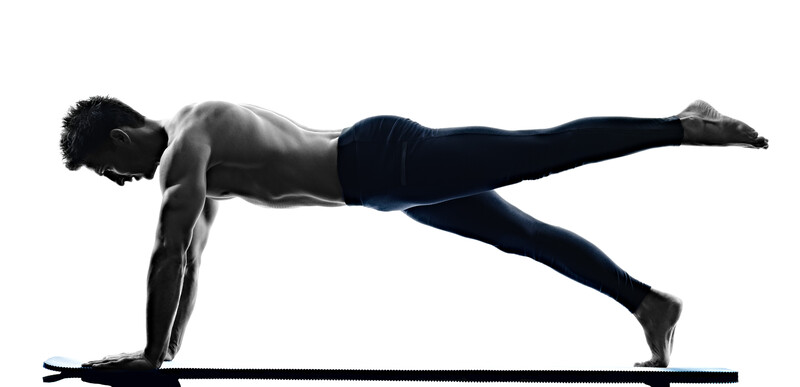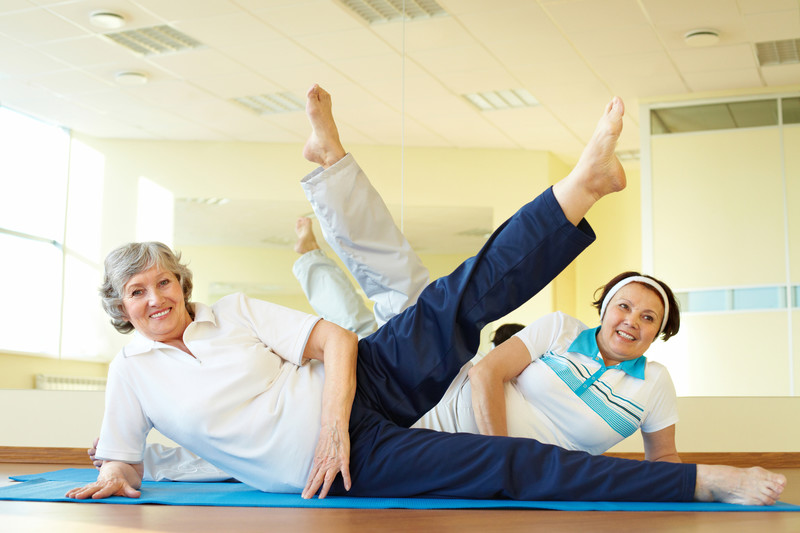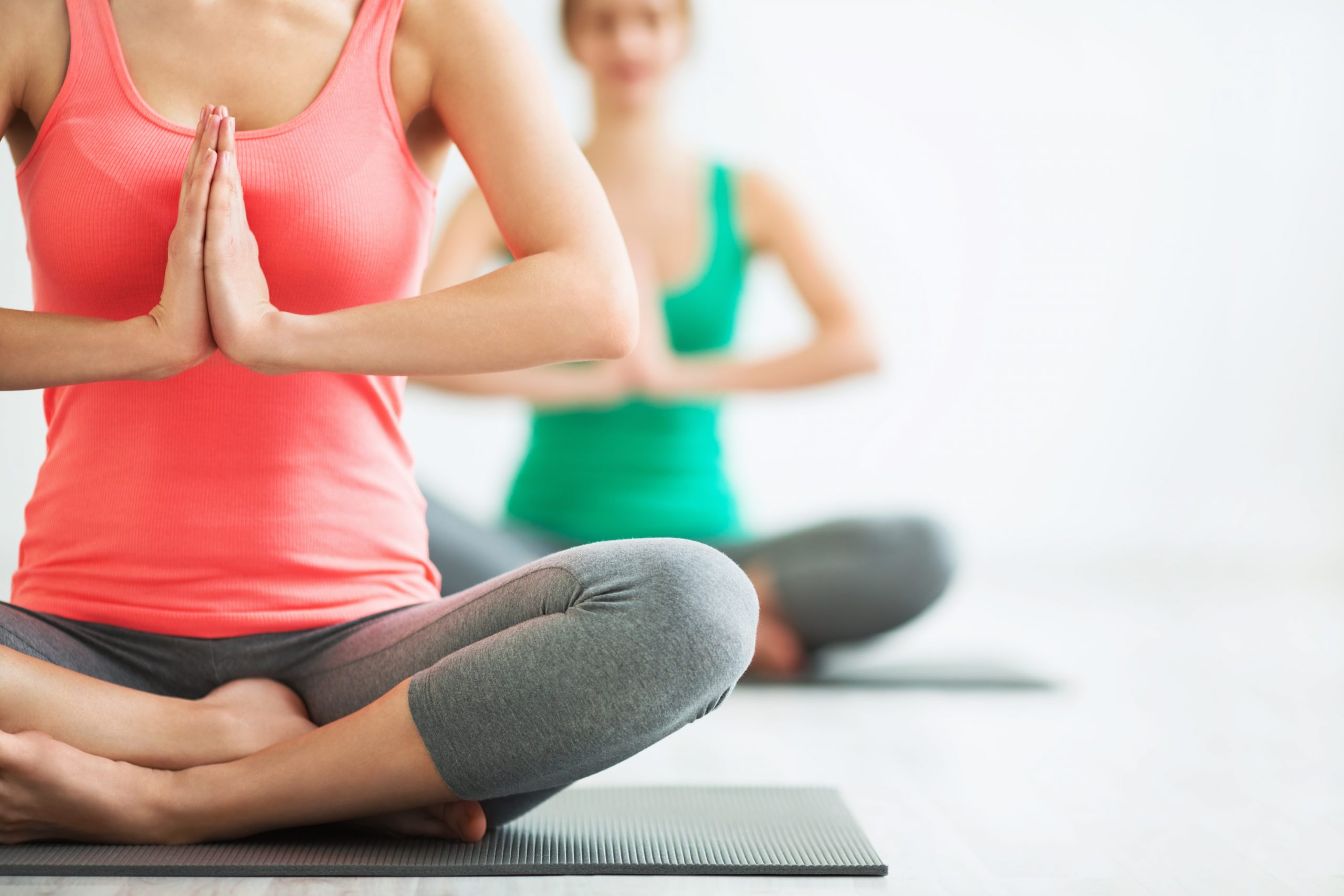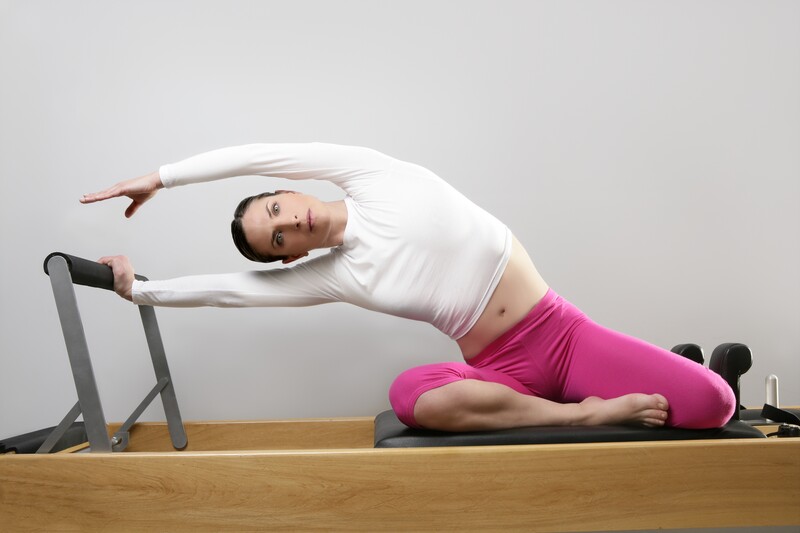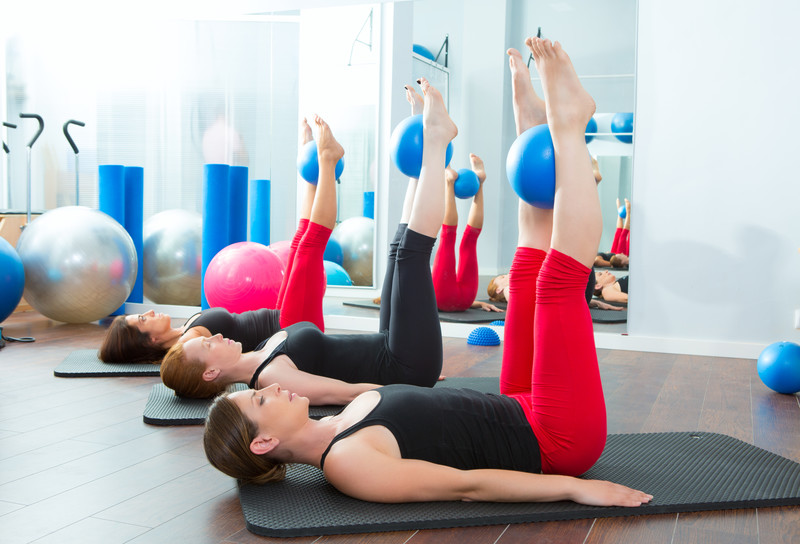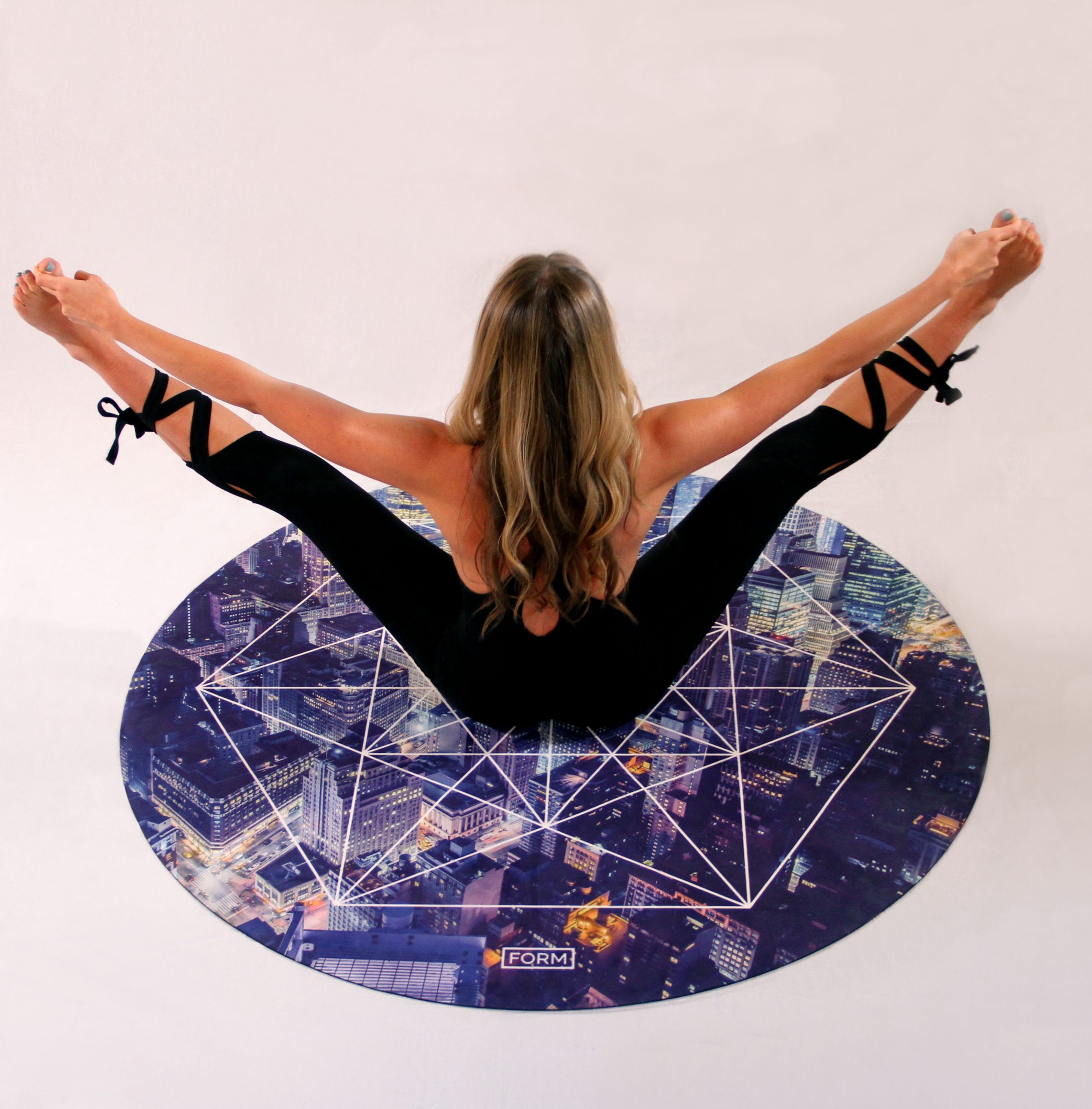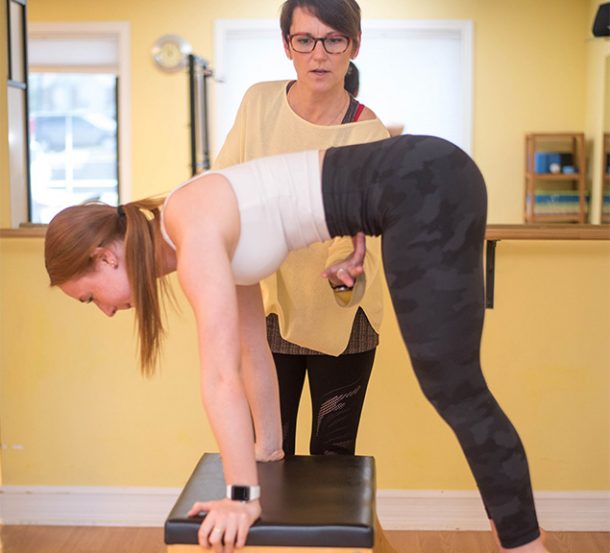The Role of Pilates in Pre and Postnatal Health
March 3, 2022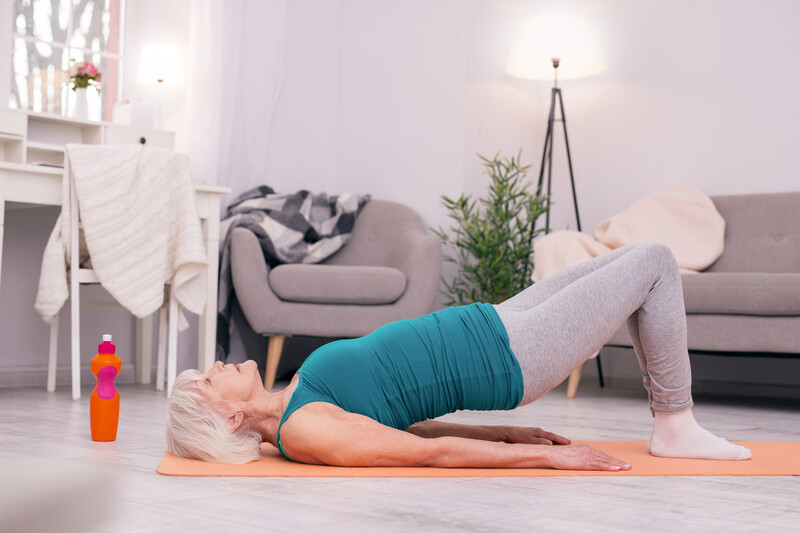
Women who are considering getting pregnant, who are pregnant, and who just gave birth are right to be concerned about how this will impact their exercise regime. As you approach pregnancy, improving your physical fitness is recommended to improve your chances of conception, and the health of both mother and child. However, most women also want to pick up exercise that they can continue throughout pregnancy, and which can help them to strengthen the muscles involved in labour. Even better if that exercise can also help recovery after childbirth! Pilates fits the bill and is widely considered to be one of the best exercises to meet the needs of mothers, both prenatally and postnatally. Learn about the important role Pilates can play in your health during and after pregnancy.
How Pilates Benefits Pregnancy
First, it is important to clear up some misconceptions. Pilates is not about increasing the strength of your contractions, and developing your core muscles will not make labour harder or more painful. Instead, through Pilates work you can focus in on the muscles that support your uterus and the baby, before and during childbirth. This can make labour easier, less stressful on various parts of your body, and aid with recovery afterward.
For example, pelvic floor muscles will guide the baby’s head as it moves through the birth canal, but they won’t contract. Strengthening them can help with labour indirectly. Another great example is the transverse abdominis muscles, which are like a sheet of muscles all across your stomach and pelvis. These support your uterus and every other organ in your abdomen, and they offer essential support during labour. Pilates can help to prevent the damage and separation of these muscles, and since they do not contract during labour, developing them will not increase pain. Both of these muscle groups, and many more, are targeted, strengthened, and lengthened through Pilates.
Muscle development is not the only benefit that you’ll see from Pilates. Prenatally, Pilates can help with:
- Breathing focus
- Breathing technique
- Flexibility
- Pain reduction
- Mental health
As Pilates has a low impact on your joints and is not as demanding on your cardiovascular system as many other types of exercise, it is more suitable to continue late into pregnancy. This can help you maintain your health throughout pregnancy, which will simplify all aspects of recovery.
Postnatal Pilates can help to:
- Strengthen weakened muscles
- Improve recovery times
- Regain posture
- Reduce muscle pain
- Improve mental health
- Facilitate weight loss
Pilates is easily adjusted to various levels of fitness and strength. That means that postnatal Pilates can be easily adjusted to accommodate your condition, and help you work back into exercising at a pace that makes sense for you. While some women are ready to exercise at their normal pace shortly after birth, most need to gradually build back up their routine. Pilates can help.
Join Us to Better Your Pre and Postnatal Health
While Pilates targets many muscles groups that are essential in pregnancy and childbirth, the often-overlooked pelvic muscles are among the most important. We periodically run a pelvic health workshop that we strongly encourage women to join, and the next one is taking place on March 29th, 2022 – send us an email at info@meadowlandsphysio.ca to sign up and reserve your spot!
At Absolute Pilates, we are dedicated to offering resources and support for women before, during, and after pregnancy. Reach out to us with your questions about how Pilates can benefit your health, or to sign up for a class!
